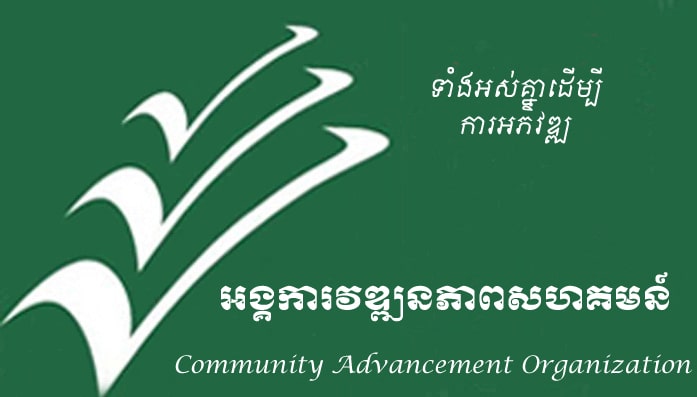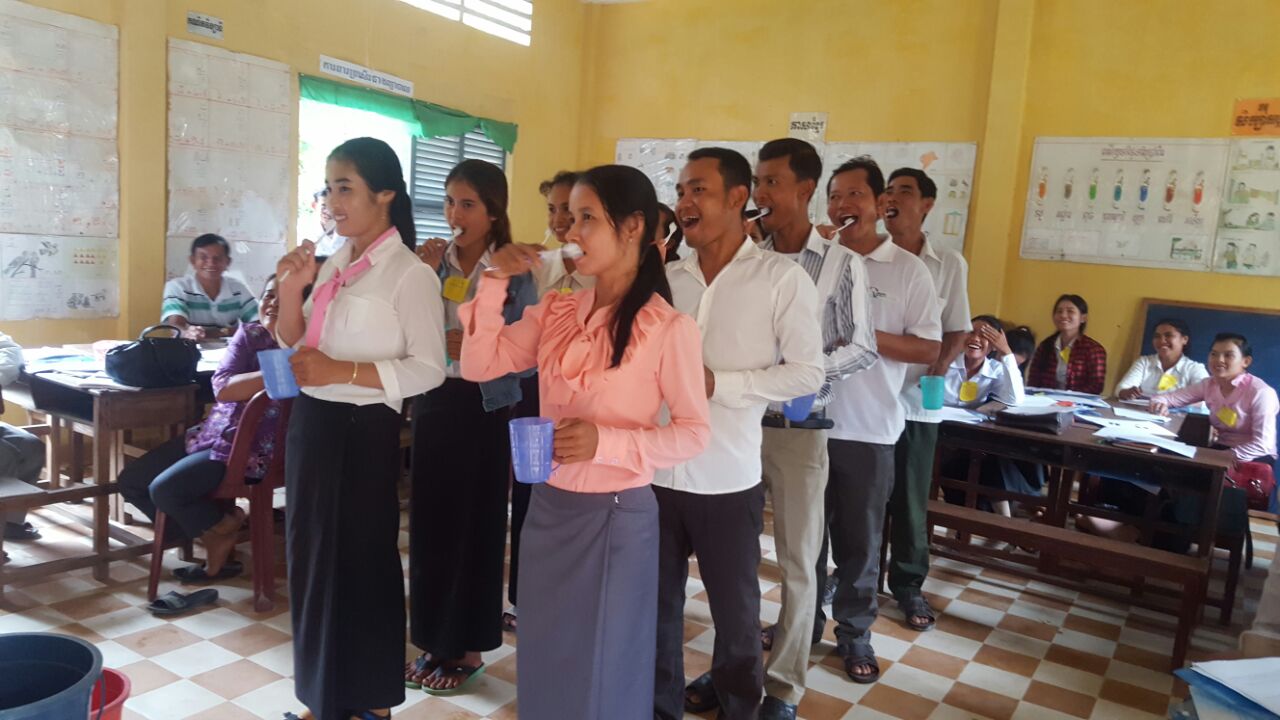HEALTH AND HYGIENE
Illnesses or accidents cause poverty.
We denounce a myth: many say health programs are not sustainable, they are a bottomless pit in need of endless funding. It is important to understand the people will put the health of their family and children above all. Above the refund of a microloan; above the treatment of a sick animal… Ignoring this will reduce the people’s interest in the project and will put programs at risk.
Illnesses or accidents cause poverty
Health care is sometimes very expensive. CAO helps the poor for a small part and motivates the community to contribute. If there is an emergency, and for the poor, CAO covers all costs: for example, when a child is hit by a motorcycle, etc. In Cambodia health services in the villages are often of poor quality and expensive, especially if one considers the transport costs.
In the case of illness, diagnoses are often whimsical, leading to the consumption of large quantities of useless or dangerous medicines. Sometimes people prefer to go to Phnom Penh. A return trip to the city can cost the equivalent of the family budget for the month -the peasants are being ripped right off as soon as they get off the bus at the station. Because of the exorbitant expenses, they are often compelled to sell valuable assets like livestock, land, or even their house at a low price. Even if they cannot work for a few days could lead to the worst disaster, most peasants do not have insurance, except the solidarity of neighbors. Emergency loans from moneylenders may cost 10% interest per month.
Short story about health supported
Ms. En Norn, she is 32 years old. She is a widow and she has two children. She lives in Kampong Ampil village, Kampong Ampil commune, Rumdoul district, Svay Rieng province. She is a poor family, her house builds by palm tree leaf, and her leg disabled two years ago. After the accident, her parents took her to treatment and leg surgical at Svay Rieng hospital. After that, she went to treatment in a private clinic again. Depending on the family so she didn’t have enough money for treatments just come back home to continue treatment her leg at home, after a while her leg became chronic disease and it has pus from her leg also. She couldn’t work but she tried to make a litter work like a sewing machine to get money and she also a part of a member in the Rag Rug project. Because of pity on her and one part of the women group Health team of CAO supported and took her to go to check up her leg two times at Vietnam hospital but for the result doctor recommend that her leg couldn’t walk normally because her leg became a chronic disease, it unless cut her leg out and use instead of leg plastic. CAO tries to find another hospital to help her. After CAO took her to go to check up and treatment at Takeo hospital and CSC in Phnom Penh and the doctor’s surgical knee and instead by knee plastic and we got archived at CSC. After one year has been supported from CAO she can walk and get a job at Phnom Penh and her family gets a better living.
HEALTH
A. Community Training
CAO works in 14 primary schools and kindergartens: training of the teachers on dental care & general hygiene. Teeth brushing all together on the school playground once or twice a week.
CAO has helped close to 1284 households to install a clean latrine. Today the coverage is over 95% and the hygiene of the people has improved a lot.
B. Support for a good diagnosis
The villagers are often confused and become victims of the wrong diagnosis. Some unscrupulous doctors even scare them to extort more money: “We must do surgery right now or I will not take any responsibility.” In a panic, the people sell their land at a ridiculous price, for an operation which is sometimes not even necessary! Mekong Plus offers a second diagnosis from a specialist in town.
HYGIENE AND PREVENTION
A. At School
The health education activities cover more than 200,000 children.
B. Latrine
In the Khmer villages, when we first surveyed the villages, almost nobody had a clean latrine. This has now changed and 95% of households have a proper latrine. In Vietnam as well, in some villages, access to water was difficult and latrines inexistent or dirty. After 19 years working in Dúc Linh, most households own latrines, personal hygiene has improved considerably. The infestation by intestinal worms has fallen from 90% down to less than 10%!
In the Mekong Delta, “the latrines are over the pond to feed the fish.” This common practice is banned by the government for the worms to get out of the pond and become a health hazard.
Everywhere we propose clean but modest latrines (from 26 euros). This is a subsidy only for poor families.






